btjbtj
Bronze Member
- Aug 27, 2016
- 1,546
- 1,412
- Detector(s) used
- Garrett AT Pro with NEL Big Coil DD. Garrett Pro-Pointer Plus.
- Primary Interest:
- Metal Detecting
Hello again, all. Okay, so we didn't find these "today," but we did find them a few weeks ago and discounted them because we couldn't quite identify them. After some minor cleaning, more details have come to light, and we have been able to narrow down the identities. If any of you fine experts can help to definitively identify...we would appreciate it. I hope the downloading order matches these comments, and if they don't, I apologize. We've posted three front and backs of a Large Cent on which the date is unreadable. Perhaps an expert would be able to date it? We've posted nine front and back photos of what we think is a 1787 Connecticut Horned Bust (size matches). We've also posted two photos of a front and back (very worn) of another Post-Colonial fellow. We *think* he is either a 1786 Connecticut Copper ET LIB INDE or a 1788 Vermont Georgivs III Rex ET LIB INDE. The coin's size matches both of these. Any thoughts? Lastly, post a few photos of a fairly ok 1905 Indian Head just for the heck of it. Enjoy! ~Lisa & John
PS - If I should be posting these types of new(er) finds under the What Is It forum, please let me know.
PS - If I should be posting these types of new(er) finds under the What Is It forum, please let me know.
Amazon Forum Fav 👍
Attachments
-
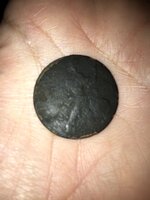 Post Colonial Fellow - Back.jpg221.5 KB · Views: 182
Post Colonial Fellow - Back.jpg221.5 KB · Views: 182 -
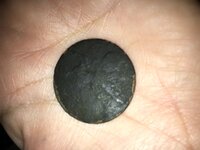 Post Colonial - Back3.JPG210.3 KB · Views: 189
Post Colonial - Back3.JPG210.3 KB · Views: 189 -
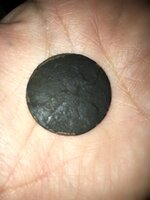 Post Colonial Fellow - Back2.jpg221.6 KB · Views: 191
Post Colonial Fellow - Back2.jpg221.6 KB · Views: 191 -
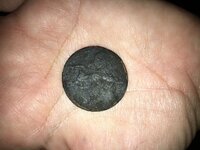 Post Colonial - Back2.JPG518.4 KB · Views: 209
Post Colonial - Back2.JPG518.4 KB · Views: 209 -
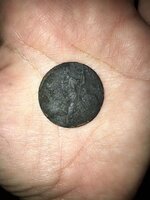 Post Colonial - Back4.JPG528.7 KB · Views: 199
Post Colonial - Back4.JPG528.7 KB · Views: 199 -
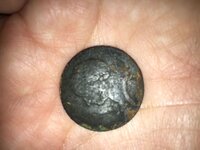 Post Colonial - Front2.JPG231.7 KB · Views: 184
Post Colonial - Front2.JPG231.7 KB · Views: 184 -
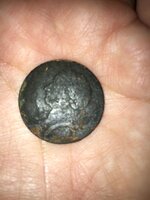 Post Colonial - Front3.jpg243.4 KB · Views: 190
Post Colonial - Front3.jpg243.4 KB · Views: 190 -
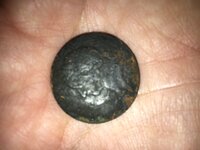 Post Colonial - Front.JPG211.7 KB · Views: 192
Post Colonial - Front.JPG211.7 KB · Views: 192 -
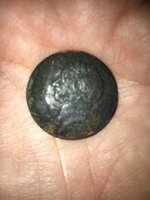 Post Colonial - Front4.jpg223.2 KB · Views: 186
Post Colonial - Front4.jpg223.2 KB · Views: 186 -
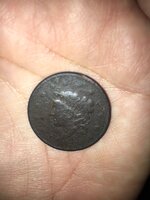 Large Cent - Front.jpg277 KB · Views: 191
Large Cent - Front.jpg277 KB · Views: 191 -
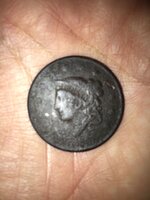 Large Cent - Front2.jpg243.5 KB · Views: 186
Large Cent - Front2.jpg243.5 KB · Views: 186 -
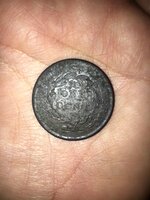 Large Cent - Back.jpg324.6 KB · Views: 191
Large Cent - Back.jpg324.6 KB · Views: 191 -
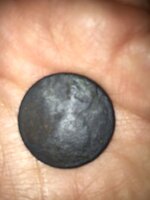 Post Colonial Fellow - Back2.jpg180.9 KB · Views: 187
Post Colonial Fellow - Back2.jpg180.9 KB · Views: 187 -
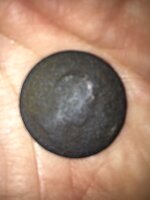 Post Colonial Fellow, Front.JPG164.1 KB · Views: 191
Post Colonial Fellow, Front.JPG164.1 KB · Views: 191 -
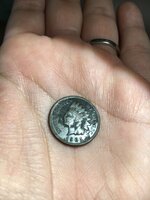 1905 Indian Head Penny2.jpg303.4 KB · Views: 192
1905 Indian Head Penny2.jpg303.4 KB · Views: 192 -
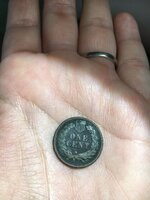 1905 Indian Head Penny - Back.jpg330.1 KB · Views: 184
1905 Indian Head Penny - Back.jpg330.1 KB · Views: 184 -
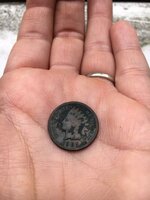 1905 Indian Head Penny.jpg282.3 KB · Views: 183
1905 Indian Head Penny.jpg282.3 KB · Views: 183
Last edited:
Upvote
10


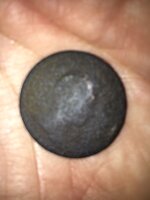
 just take a few steps to ensure preservation. I personally use a thin coat of bree wax buffed to a dull shine with a shoe polish brush. An easier method is to paint on a 50/50 mix of elmers glue... completely reversible and 100% safe on pewter. Good luck with your new digs, preserving and post dig research is half the fun
just take a few steps to ensure preservation. I personally use a thin coat of bree wax buffed to a dull shine with a shoe polish brush. An easier method is to paint on a 50/50 mix of elmers glue... completely reversible and 100% safe on pewter. Good luck with your new digs, preserving and post dig research is half the fun